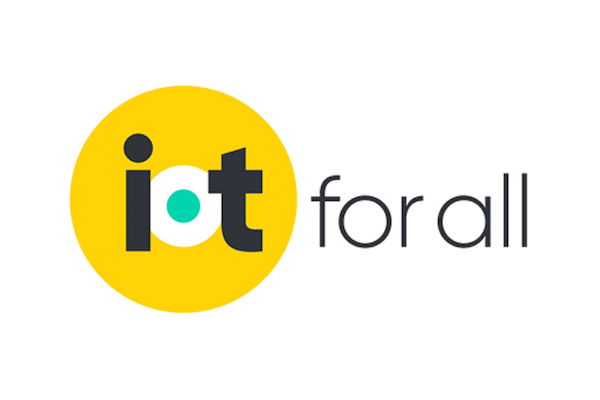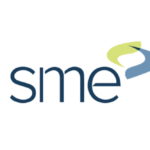British mathematician Clive Humby has been credited with coining the axiom “Data is the new oil.” His pithy expression is frequently repeated – usually without attribution – in the context of people collecting and hoarding all sorts of information. And data prospectors have been coming out of nowhere to drill for it. But Humby’s phrasing didn’t end there; it continued. He went on to say that, “It’s valuable, but if unrefined, it cannot be used. It has to be changed into gas, plastic, chemicals, etc., to create a valuable entity that drives profitable activity. So must data be broken down and analyzed for it to have value.”
Humby was right. And today, with the volume of data exploding, his insight is more important than ever. For example, in manufacturing, the fast-growing industrial internet of things allows us to attach sensors to every component of the industrial process. The result has been that an unfathomable amount of data is being collected every day. However, as in the case of oil, that gusher of data needs to be processed, analyzed, and turned into digestible insights that can be used constructively by the organization’s personnel.
In Context
But who, exactly, can use it and for what purposes? The answer is open-ended; essentially every function in a product-making business can benefit from data-driven insights. But they can only do it when that data is curated, combined, analyzed, and interpreted in a context that’s meaningful to each specific function or task.






